Introduction
As cats and dogs age, their nutritional needs, mobility, and health concerns shift significantly. Recognizing early signs of aging and adapting your care routine can greatly enhance your senior pet’s quality of life. This guide outlines essential considerations—diet adjustments, regular health screenings, enrichment activities, and comfort modifications—to support your older companion through their golden years.
Recognizing Age-Related Changes
Physical Signs:
Weight Fluctuations: Muscle loss (sarcopenia) or weight gain due to reduced activity.
Coat and Skin Changes: Thinning fur, dry skin, and increased susceptibility to infections.
Dental Issues: Tartar buildup, tooth loss, and periodontal disease.
Behavioral Shifts:
Increased sleep, reduced tolerance for exercise, possible confusion or disorientation (cognitive dysfunction).
Common Health Concerns:
Arthritis: Joint stiffness leading to difficulty standing or climbing stairs.
Kidney Disease: Reduced ability to filter waste; often asymptomatic in early stages.
Dental Disease: Pain and difficulty eating.
Obesity or Muscle Wasting: Both extremes can impact overall health.
Nutritional Adjustments
1. Senior-Formulated Diets
Lower Caloric Density: Most seniors have slowed metabolism; choose foods designed for older pets with reduced calories.
High-Quality Protein: Maintain muscle mass with easily digestible proteins like chicken, turkey, or fish.
Enhanced Fiber: Supports digestive health; ingredients like pumpkin or beet pulp can help regulate bowel movements.
2. Joint-Support Nutrients
Glucosamine and Chondroitin: Common supplements added to senior diets to promote cartilage health.
Omega-3 Fatty Acids: Anti-inflammatory benefits for joints and skin; sources include fish oil or flaxseed.
Antioxidants: Vitamins E and C help reduce oxidative stress and support immune function.
3. Hydration Support
Wet Food or Broth: Encourage water intake by offering canned food or adding low-sodium broth to kibble.
Multiple Water Stations: Place bowls on each floor of the home and near corners to reduce effort for senior pets.
Mobility and Comfort
1. Joint-Friendly Accommodations
Orthopedic Pet Beds: Provide firm support and relieve pressure points for arthritic joints.
Gentle Ramps or Steps: To assist pets with limited mobility accessing furniture or cars.
Non-Slip Flooring: Use rugs or mats on smooth surfaces to prevent slipping and reduce fall risk.
2. Exercise Modifications
Short, Frequent Walks: Instead of long outings, opt for 10–15 minute walks multiple times daily.
Low-Impact Activities: Swimming or gentle play sessions can maintain muscle tone without stressing joints.
Range-of-Motion Exercises: Gently manipulate limbs (under veterinary guidance) to preserve flexibility.
Regular Health Screenings
Biannual Veterinary Visits: Seniors should be examined every six months for early detection of diseases.
Bloodwork and Urinalysis: Assess kidney and liver function, thyroid levels, and identify potential metabolic issues.
Dental Exams: Cleanings and extractions as needed to prevent pain and systemic infections.
Blood Pressure Checks: Hypertension is common in older cats, potentially leading to kidney or eye damage.
Mental Enrichment and Social Interaction
Interactive Toys: Puzzle feeders and treat-dispensing toys stimulate cognitive function.
Gentle Play: Short sessions with soft toys or feather wands for cats to maintain engagement without overexertion.
Routine and Predictability: Senior pets benefit from consistent feeding and walking schedules to reduce anxiety and confusion.
Preventive Care and Monitoring
Weight Management: Track weight monthly; adjust diet to prevent obesity or lean mass loss.
Skin and Coat Checks: Look for lumps, bumps, or lesions; address dry, flaky skin with omega-3 supplements or gentle grooming.
Behavioral Changes: Increased vocalization, disorientation, or changes in litter box habits may indicate cognitive dysfunction or urinary issues—consult your veterinarian promptly.
End-of-Life and Palliative Care
Pain Management: Discuss pain-relief medications (NSAIDs, gabapentin) with your vet to maintain comfort.
Quality of Life Assessments: Regularly evaluate mobility, appetite, hydration, pain levels, and social engagement to make informed decisions about care.
Home Hospice: When appropriate, provide a warm, quiet environment, administer medications at home, and consider hospice services for end-of-life support.
Conclusion
Caring for a senior cat or dog involves proactive adjustments to diet, environment, and healthcare routines. By incorporating senior-formulated nutrition, providing joint-friendly accommodations, ensuring regular veterinary screenings, and offering mental enrichment, you can enhance your older pet’s comfort and well-being. With attentive monitoring and veterinary collaboration, you’ll help your cherished companion enjoy a fulfilling, pain-free golden age.

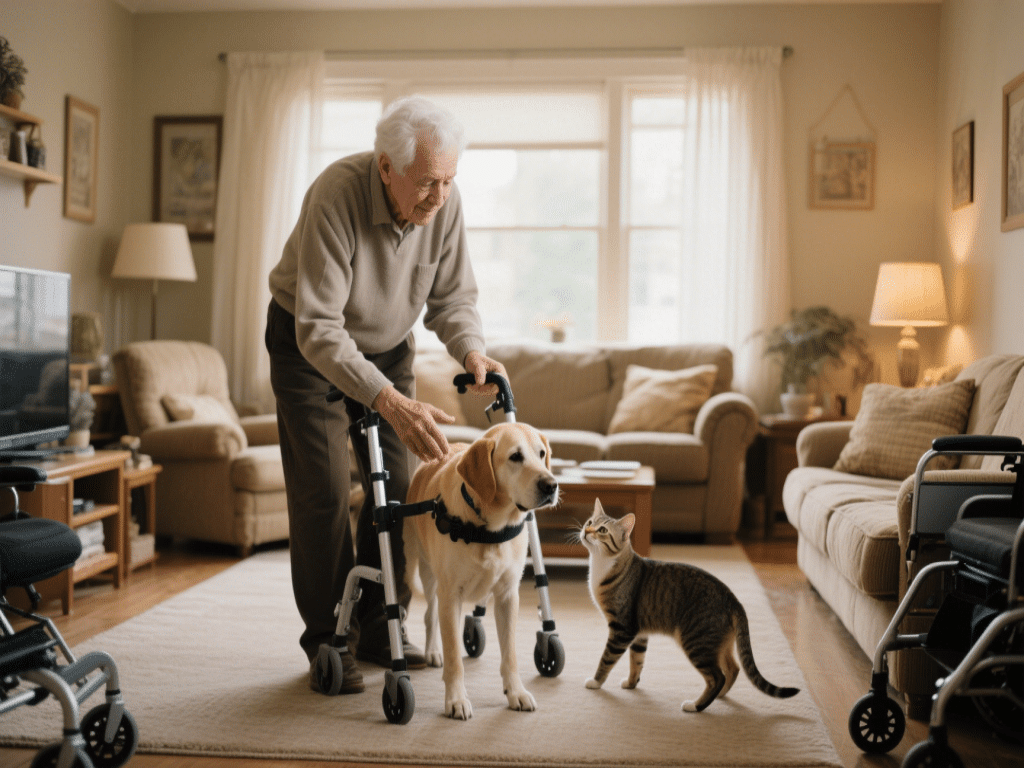
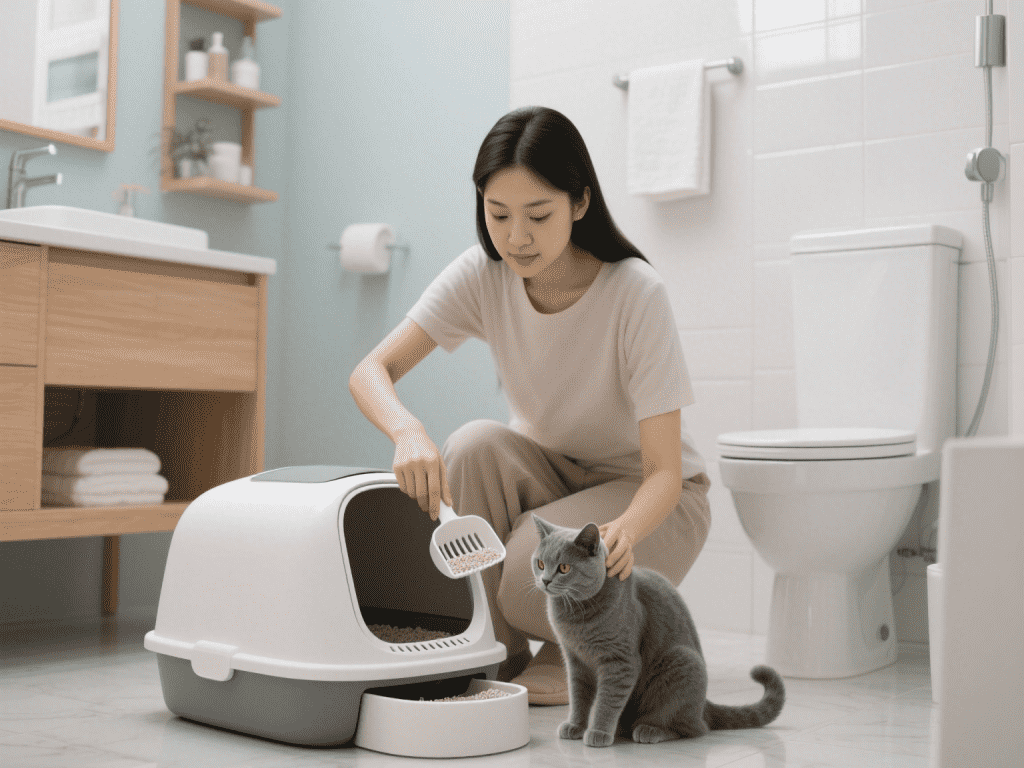

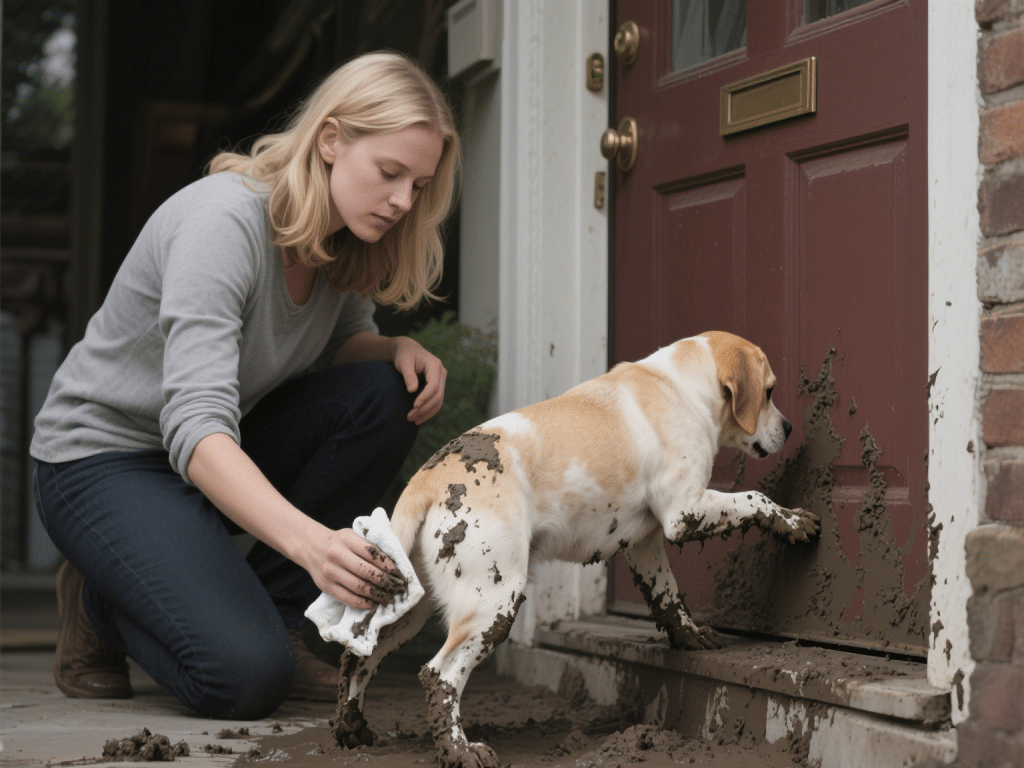
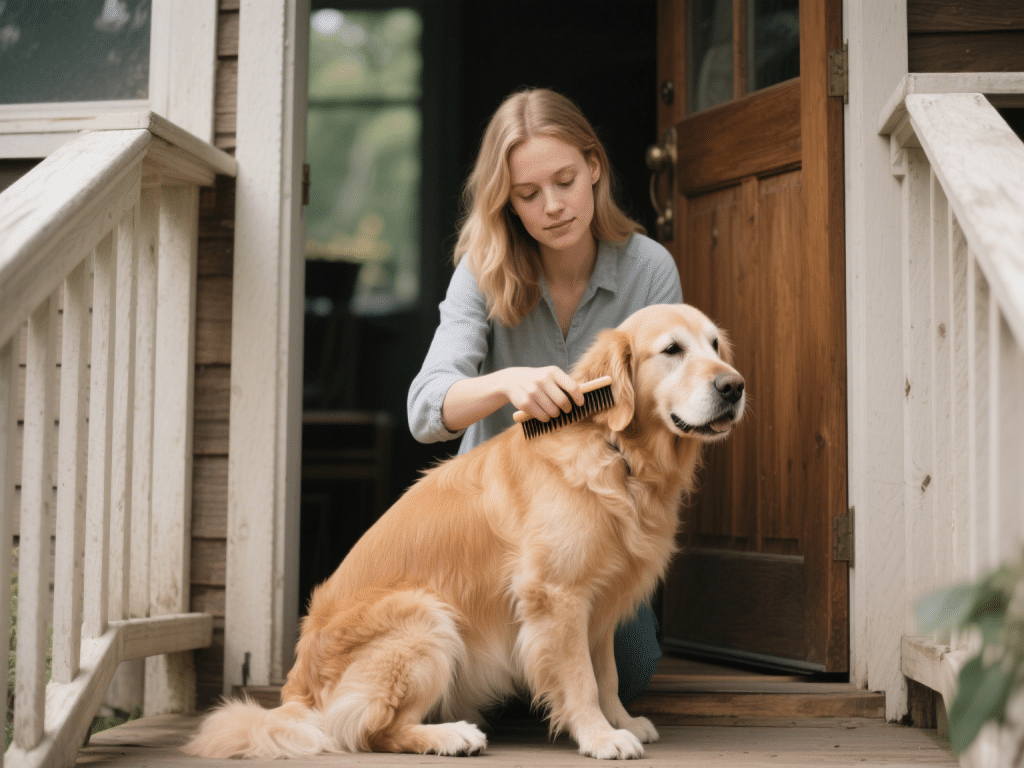
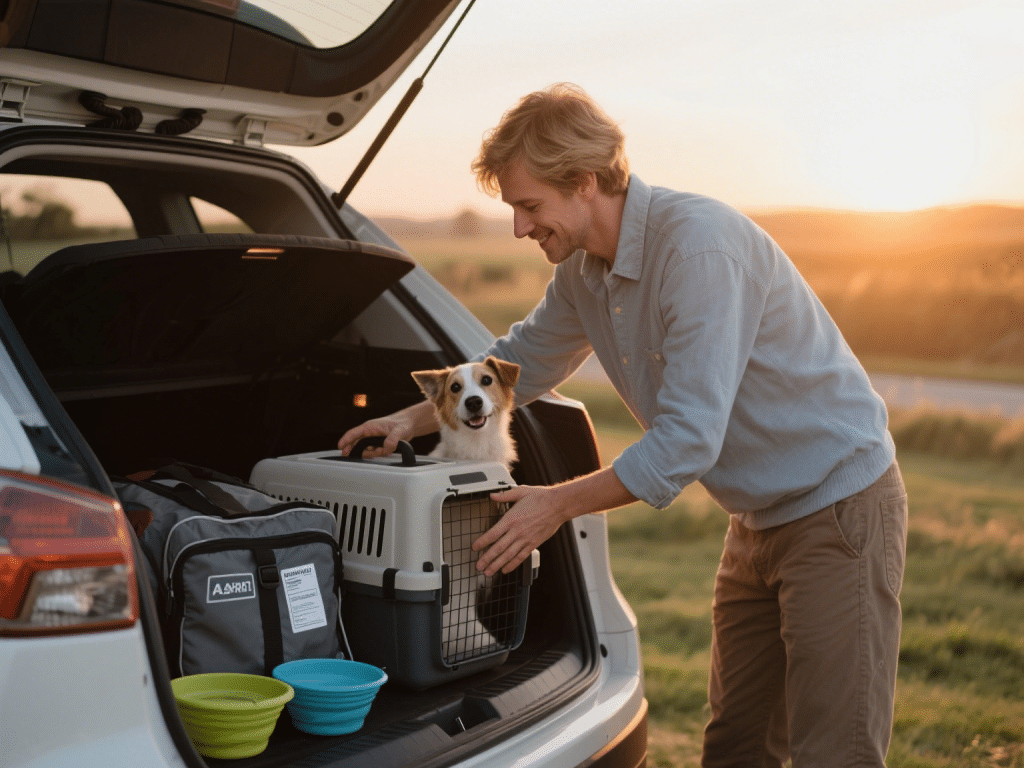
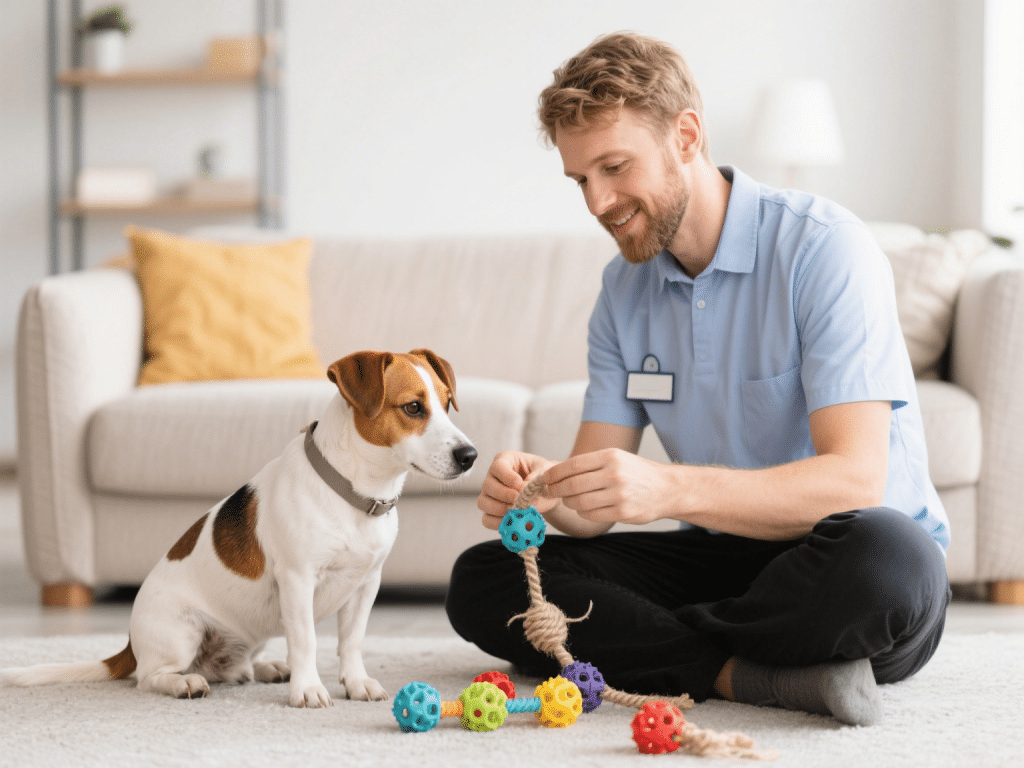

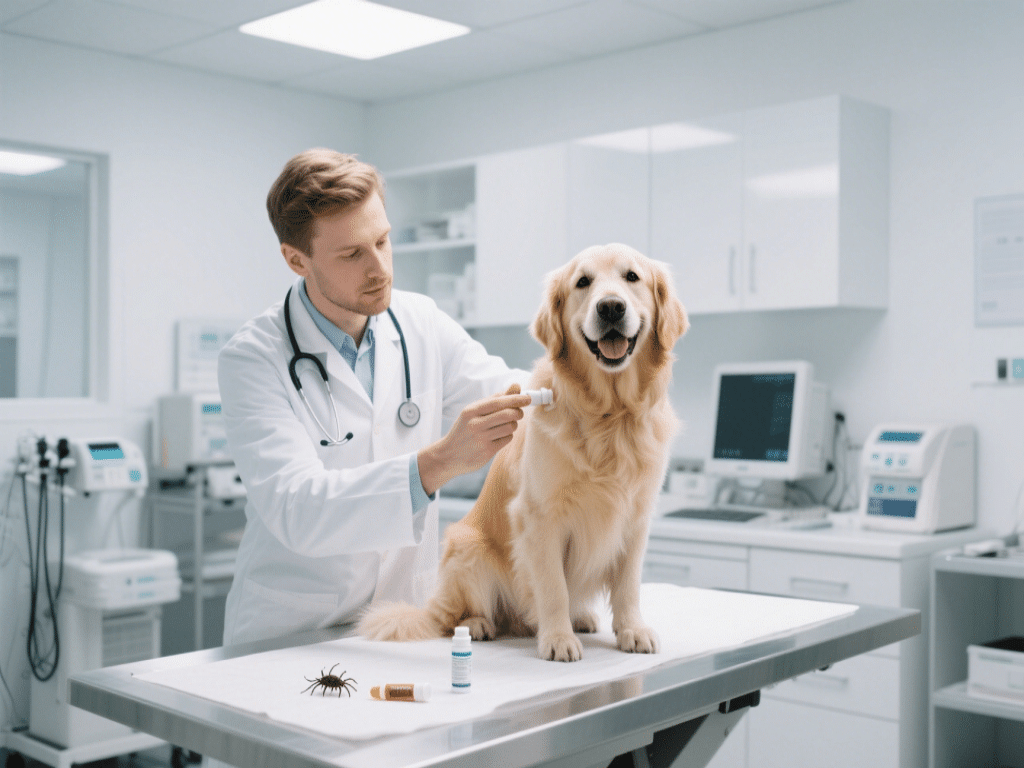
Comments on " Senior Pet Care: Special Considerations for Older Cats and Dogs" :